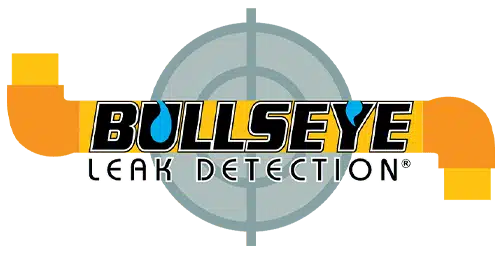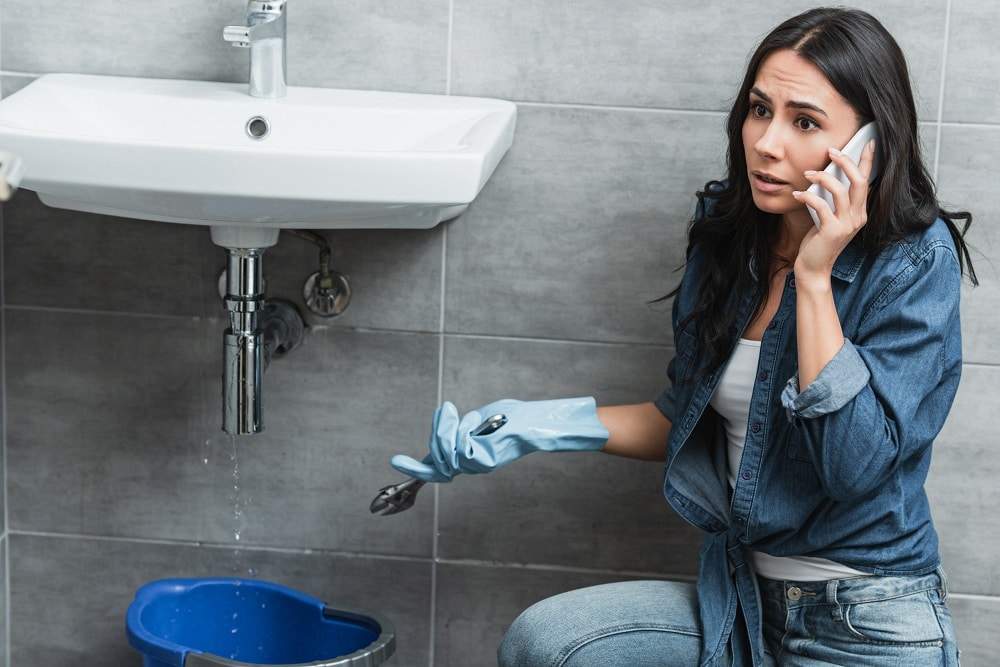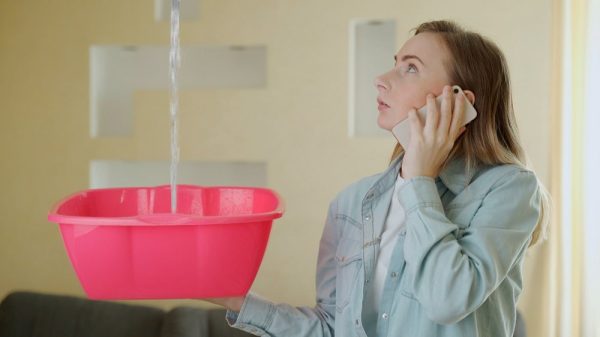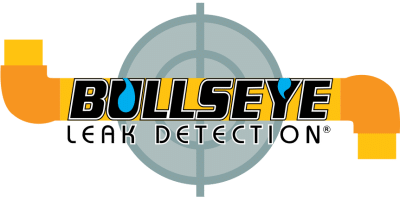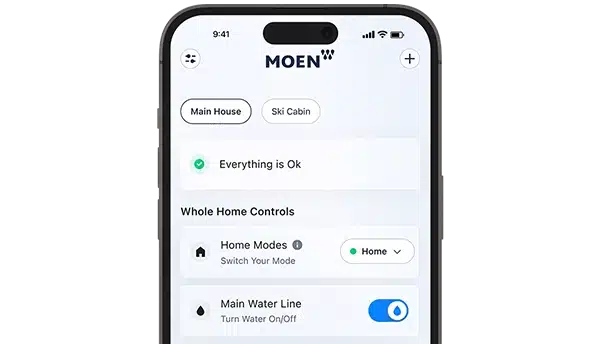Plumbing leaks can be a source of major water damage for some homeowners, and the resulting repair costs are never cheap. If you’ve discovered water damage from a leaky pipe, you’ll likely be wondering just how much of that damage will be covered by your homeowner’s insurance policy—or if it’s even covered at all. Understanding the types of water damage covered by homeowners insurance can be complicated, and the coverage will vary based on your exact policy. We encourage you to contact your insurance agent for specific questions regarding your insurance plan. However, if you want to know what types of repairs our Stockton plumbers can typically cover by insurance, keep reading to learn more.
What’s Typically Covered?
While your exact coverage will vary based on your carrier and policy, certain types of plumbing-related water damage will typically be covered by your homeowner’s insurance. These include the following:
- Frozen pipes – If your home was being properly heated, but your pipes still froze and burst, then the resulting water damage and repairs would generally be covered. Even when a home is properly heated, certain pipes that are exposed to outside temperatures can sometimes still freeze. Additionally, if a winter storm takes out the power, and you’re making every effort to heat your home in spite of the outage, burst pipes that occur as a result of this would generally be covered. On the other hand, if you leave for the holidays and completely shut off the heat in your home, and the pipes burst while you’re gone, this would not be covered under your insurance policy.
- Suddenly burst pipes – Pipes can sometimes burst for reasons other than freezing. The important thing to note in this category is that it must be a sudden and unexpected bursting, not something caused by neglect or lack of maintenance.
- Appliance failure – If your dishwasher suddenly breaks or your washing machine unexpectedly becomes detached, the resulting water damage would normally be covered by your homeowner’s insurance policy. However, it’s important to note that the policy typically wouldn’t cover repairing or replacing the broken appliance.
In most cases, just about every homeowner’s insurance policy will cover instances like these.
What’s Sometimes Covered?
There are a lot of gray areas when it comes to insurance coverage for plumbing and water damage. Here are a few areas that are sometimes covered by insurance but aren’t included in every policy:
- Hidden leaks and mold – Generally speaking, slow leaks aren’t covered by homeowners insurance because you’re expected to take care of those issues before they get out of hand. Leaks hidden in your walls or flooring might be covered by your insurance, as well as any resulting mold growth from the water damage. However, some policies will make an exception if the leak is hidden away and you have no reasonable way of detecting and repairing the problem. If you suspect a hidden leak but aren’t sure where it’s coming from, our leak detection services can pinpoint the source and prevent further damage.
- Burst pipes due to corrosion or age – As your plumbing ages, broken pipes are a lot more likely to happen. You are expected to replace your outdated plumbing when it’s appropriate, however, which is why this type of damage is only covered sometimes. You’ll need to discuss the matter with your insurance agent to determine if an old, corroded pipe would be covered under your policy.
- Damage due to improper installation – If a pipe is installed incorrectly, it can cause your plumbing to malfunction and lead to serious water damage. Should this happen in your home, you would first need to be able to prove that improper installation was the cause. If you installed the plumbing fixture yourself, it wouldn’t be covered by most homeowners insurance policies. However, if it was improperly installed when the home was built, you might be able to have it covered.
Whether or not your policy covers these sources of damage will depend largely on the exact details of the situation and the finer print in your insurance paperwork.
What’s Never Covered?
While the things that are covered by your homeowner’s insurance can differ greatly, there are a few types of plumbing and water damage that are never covered under your basic insurance policy. These include the following:
- Preventable leaks and water damage – Almost every aspect of your homeowner’s insurance coverage is contingent upon you properly maintaining and repairing your home. This is true of virtually any type of damage caused by neglect or poor maintenance of your home. If there is an obvious leak in a pipe, and you simply don’t repair it because you don’t consider it to be a priority, the long-term water damage and mold growth won’t be covered.
- Frozen pipes in an unheated home – As we stated above, frozen pipes are often covered, with this situation being the primary exception. This means that the pipes freeze and burst when your home is not being heated, and the damage won’t be covered. Not properly heating your home is considered neglectful, and not properly maintaining your home.
- Obsolete pipes – If you have an older home with obsolete plumbing materials (such as galvanized steel or polybutylene), your policy will not cover those pipes. It’s widely known that these materials are outdated and prone to corrosion. Your responsibility as a homeowner is to replace them with newer, more reliable plumbing to prevent future damage. Again, this is connected to your duties as a homeowner to maintain your home and make necessary repairs.
If you want more details on what your insurance policy does and does not cover in terms of plumbing and water damage, we encourage you to contact your insurance carrier. If you have a water leak in your home, please contact Central Valley Bullseye Leak Detection. We can provide fast, efficient repairs and help you better understand the cause of the damage so that you can determine whether or not your insurance policy is likely to cover it.
